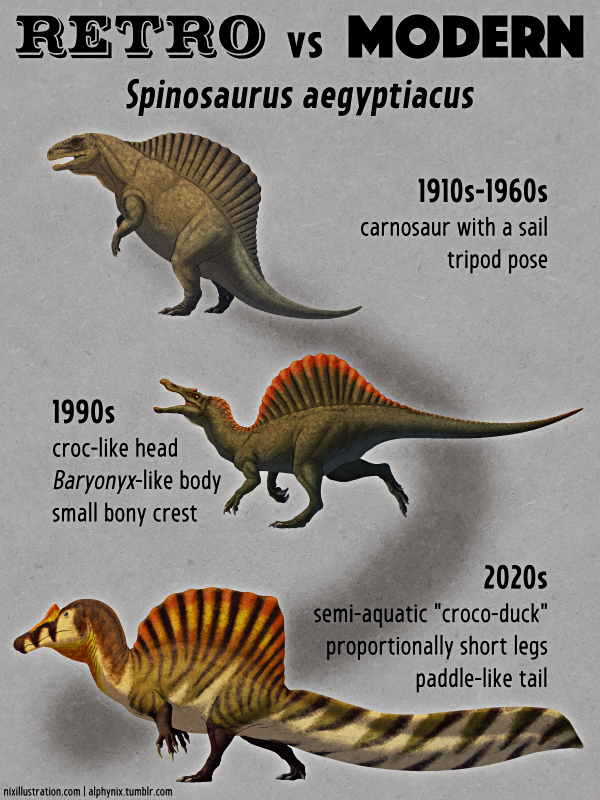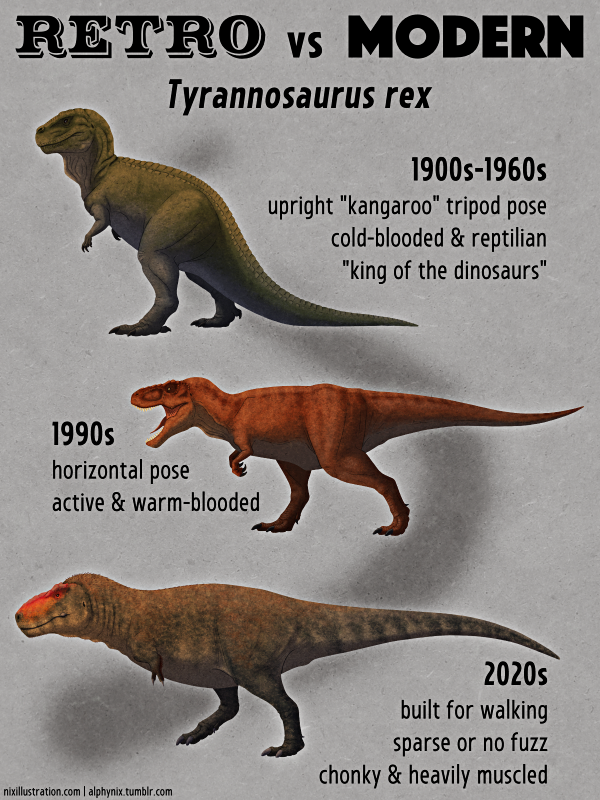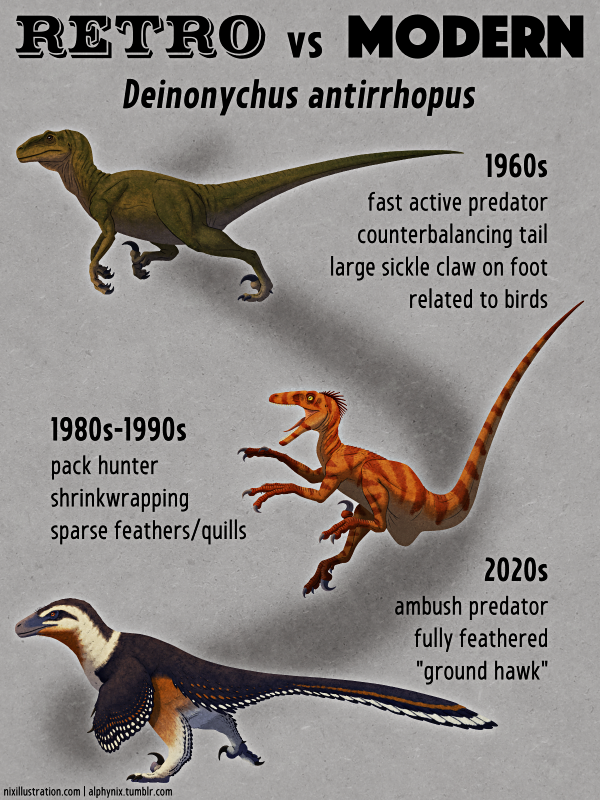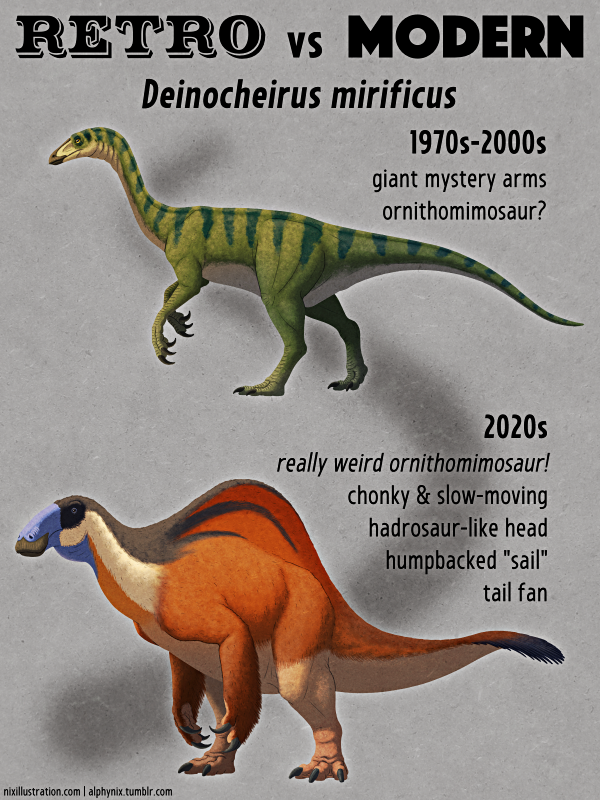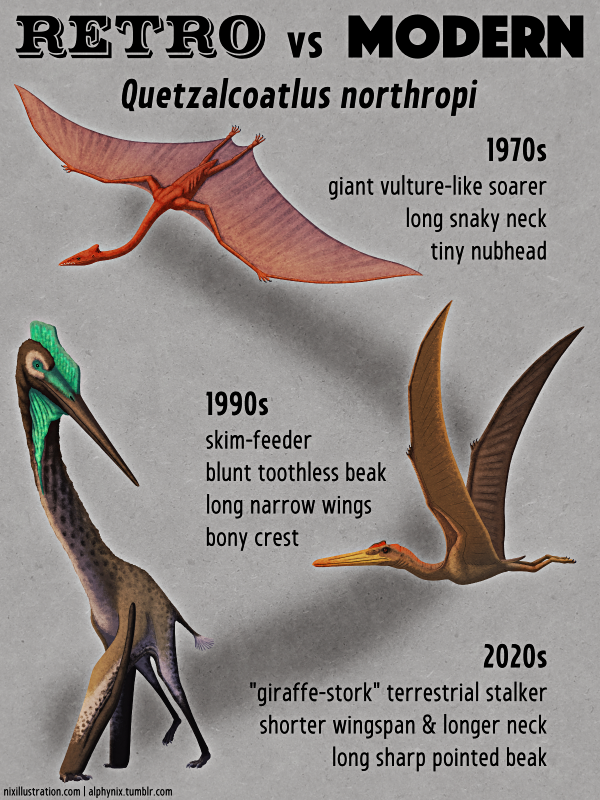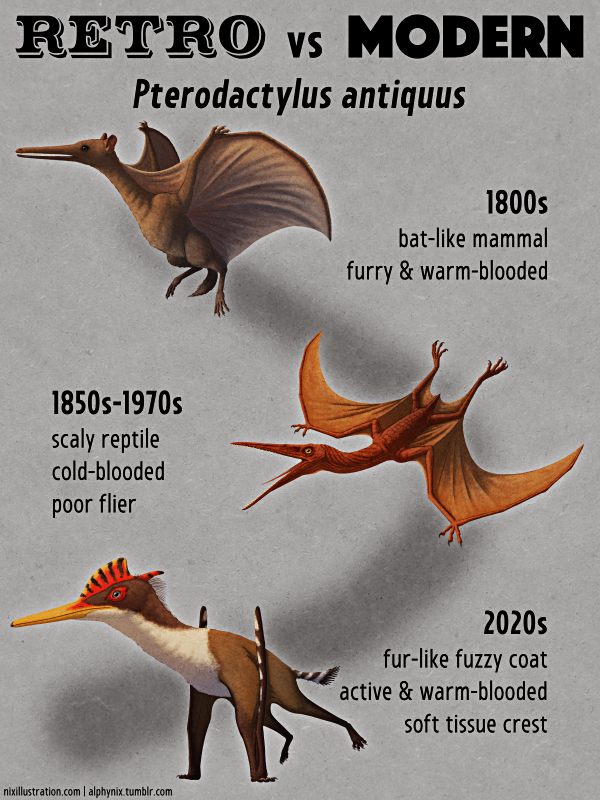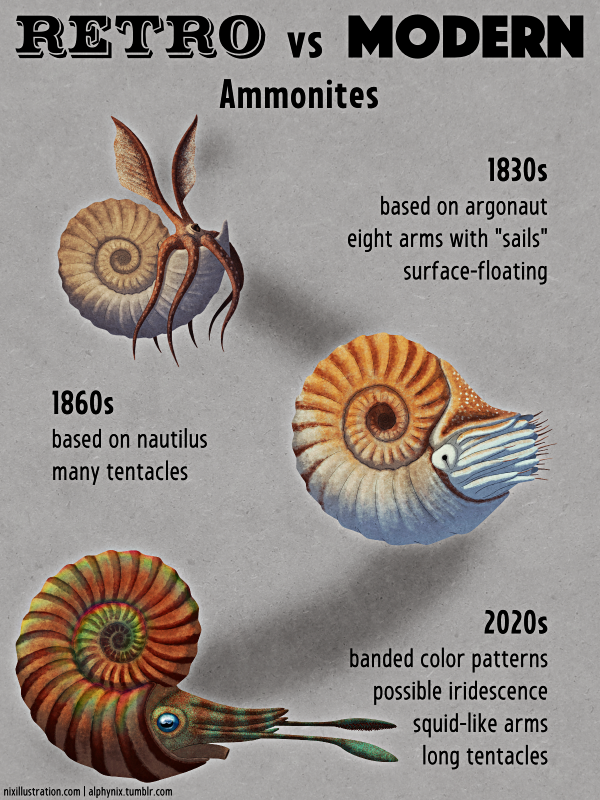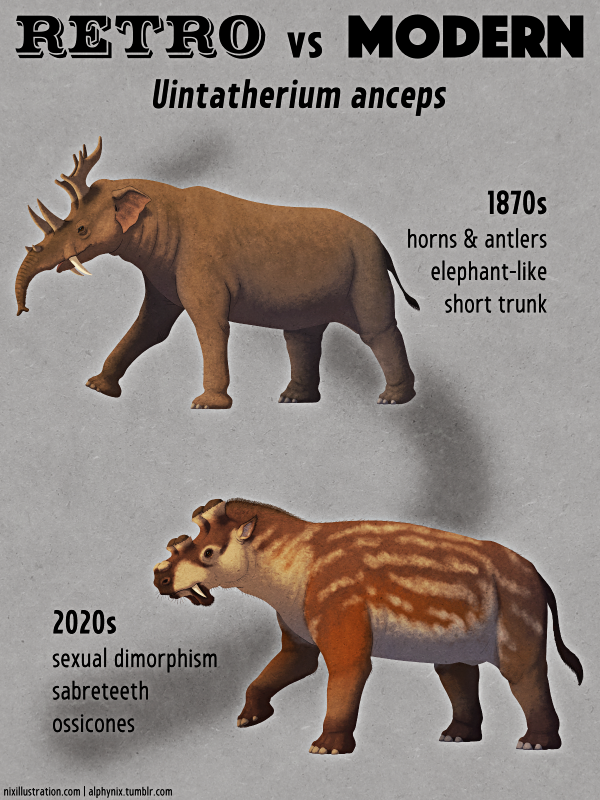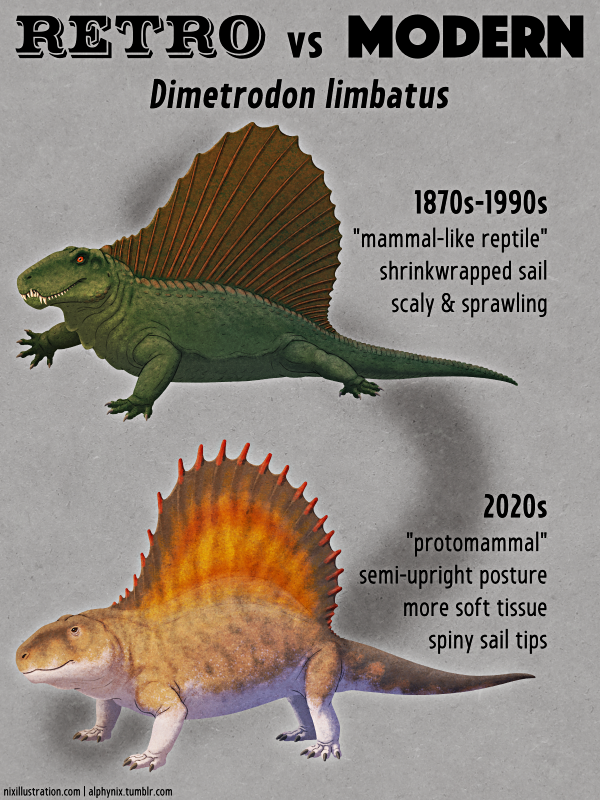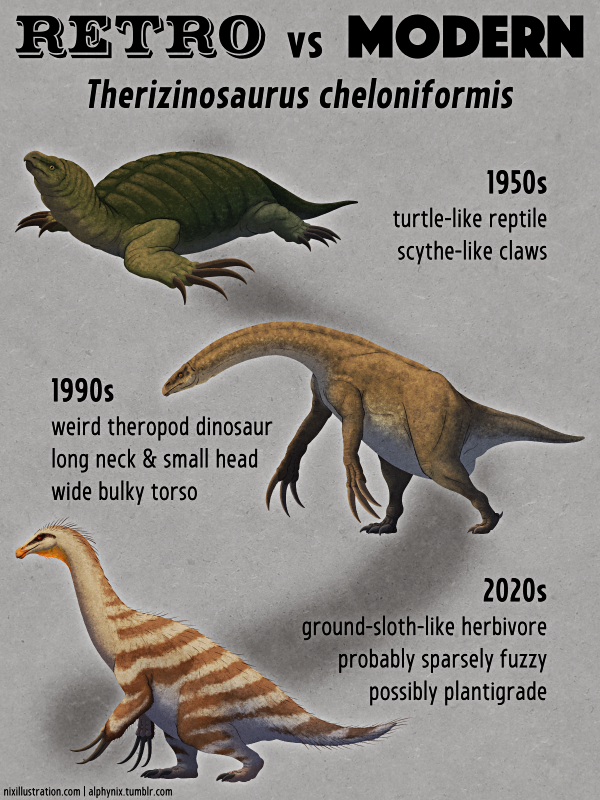Retro vs Modern #23: Spinosaurus aegyptiacus
Spinosaurid teeth were first found in the 1820s in England, but were misidentified as belonging to crocodilians. It wasn’t until nearly a century later that Spinosaurus aegyptiacus was discovered and recognized as a dinosaur – and it would be another century after that before we really started to learn anything about it. 1910s The first … Continue reading “Retro vs Modern #23: Spinosaurus aegyptiacus”

